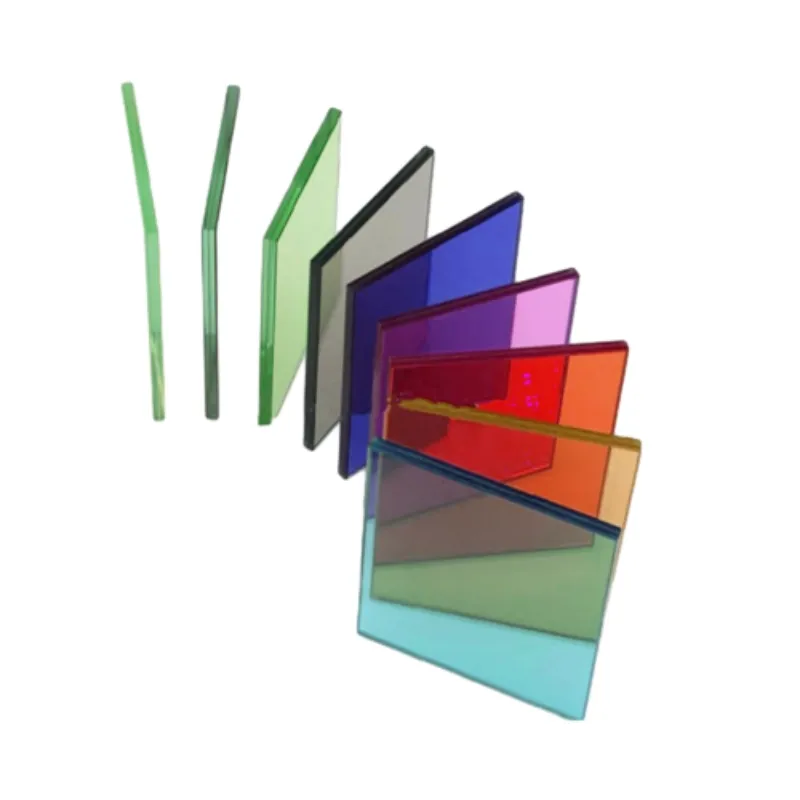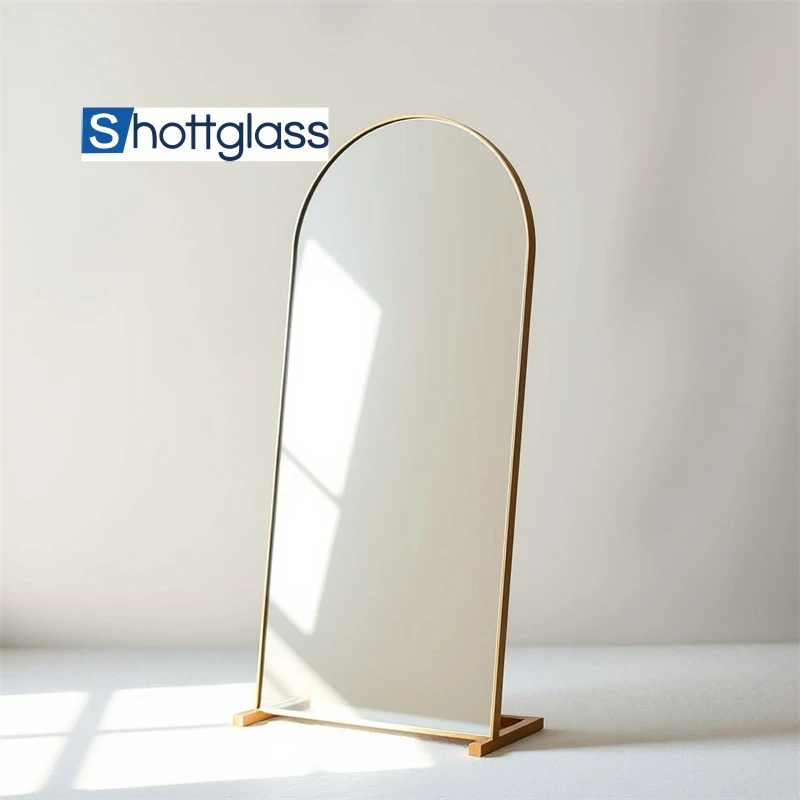Sep . 29, 2024 00:48 Back to list
Trends and Costs of Tempered Glass in Today's Market
Understanding Tempered Glass Pricing Factors and Trends
Tempered glass, known for its enhanced strength and safety features, has become increasingly popular in a variety of applications, ranging from architectural designs to automotive uses. With its ability to withstand higher temperatures and resist impact, tempered glass serves as a preferred choice for both commercial and residential projects. However, like any material, the price of tempered glass can vary widely based on a variety of factors. In this article, we will explore the elements that influence the price of tempered glass and the current market trends.
Manufacturing Processes
The primary factor affecting the price of tempered glass is its manufacturing process. Tempered glass is made by heating standard glass to high temperatures—typically around 620 to 700 degrees Celsius—and then cooling it rapidly. This process increases the glass's strength, making it up to five times stronger than untreated glass. However, this additional strength comes at a cost. The specialized equipment and energy required for tempering, coupled with the skill needed to ensure quality, directly impact the final price of the product.
Raw Material Costs
Another significant contributor to the price of tempered glass is the cost of raw materials. The primary components of glass, such as silica sand, soda ash, and limestone, can fluctuate in price due to changes in supply and demand, transportation costs, and even geopolitical factors. When raw material prices rise, manufacturers often pass these costs onto consumers, leading to an increase in the price of finished tempered glass products.
Size and Thickness
The dimensions of the glass also play a crucial role in determining its price. Larger sheets of tempered glass or those with increased thickness typically command higher prices due to the amount of raw material required and the additional manufacturing complexity involved. Custom-sized pieces, which are often necessary for specific architectural designs or unique installations, can further elevate costs due to the added labor and material precision required.
Market Demand and Trends
tempered glass price

Market demand significantly influences tempered glass prices. As trends in modern architecture lean towards expansive glass facades and energy-efficient buildings, the demand for tempered glass has surged. The rise of industries such as construction, automotive manufacturing, and interior design has both increased demand and encouraged innovation in glass technologies, leading to a wider range of products on the market. The resulting competition among manufacturers can affect pricing but can also induce market volatility.
Geographical Considerations
Geography plays a crucial role in the pricing structure of tempered glass. In regions with a high concentration of manufacturing facilities, the prices may be lower due to reduced transportation costs and competitive local markets. Conversely, in areas where tempered glass must be imported, logistics and import tariffs can significantly inflate costs. Additionally, regional safety regulations can influence the manufacturing process and quality standards, impacting pricing as well.
Potential Future Trends
Looking forward, several potential trends could influence tempered glass pricing. Technological advancements in glass production could lead to lower production costs, which might stabilize or reduce prices in the long term. The continued push for energy-efficient construction materials may encourage greater use of tempered glass, affecting demand dynamics and pricing strategies.
Moreover, global market shifts due to economic factors, including inflation and currency fluctuations, can have immediate effects on pricing. As manufacturers adjust to new market conditions, customers may find themselves navigating a landscape of fluctuating tempered glass prices.
Conclusion
In conclusion, the price of tempered glass is influenced by a confluence of factors ranging from manufacturing processes and raw material costs to market demand and geographical location. As the demand for high-quality, durable glass continues to grow in multiple industries, understanding these factors can help consumers make informed decisions and anticipate future market trends. Whether you are an architect, builder, or a homeowner, being aware of these elements will assist you in navigating the market for tempered glass more effectively.
-
Sustainable Practices in a Modern Coated Glass Factory
NewsAug.07,2025
-
Insulated Glass Unit Installation Best Practices and Tips
NewsAug.07,2025
-
Frosted Glass Types and Custom Solutions for Sale
NewsAug.07,2025
-
Current Clear Float Glass Price Trends in Global Markets
NewsAug.07,2025
-
Comparing Different Types of Laminated Glass Performance
NewsAug.07,2025
-
Best Anti Fog Bathroom Mirror Solutions for Humid Climates
NewsAug.07,2025
Related PRODUCTS














